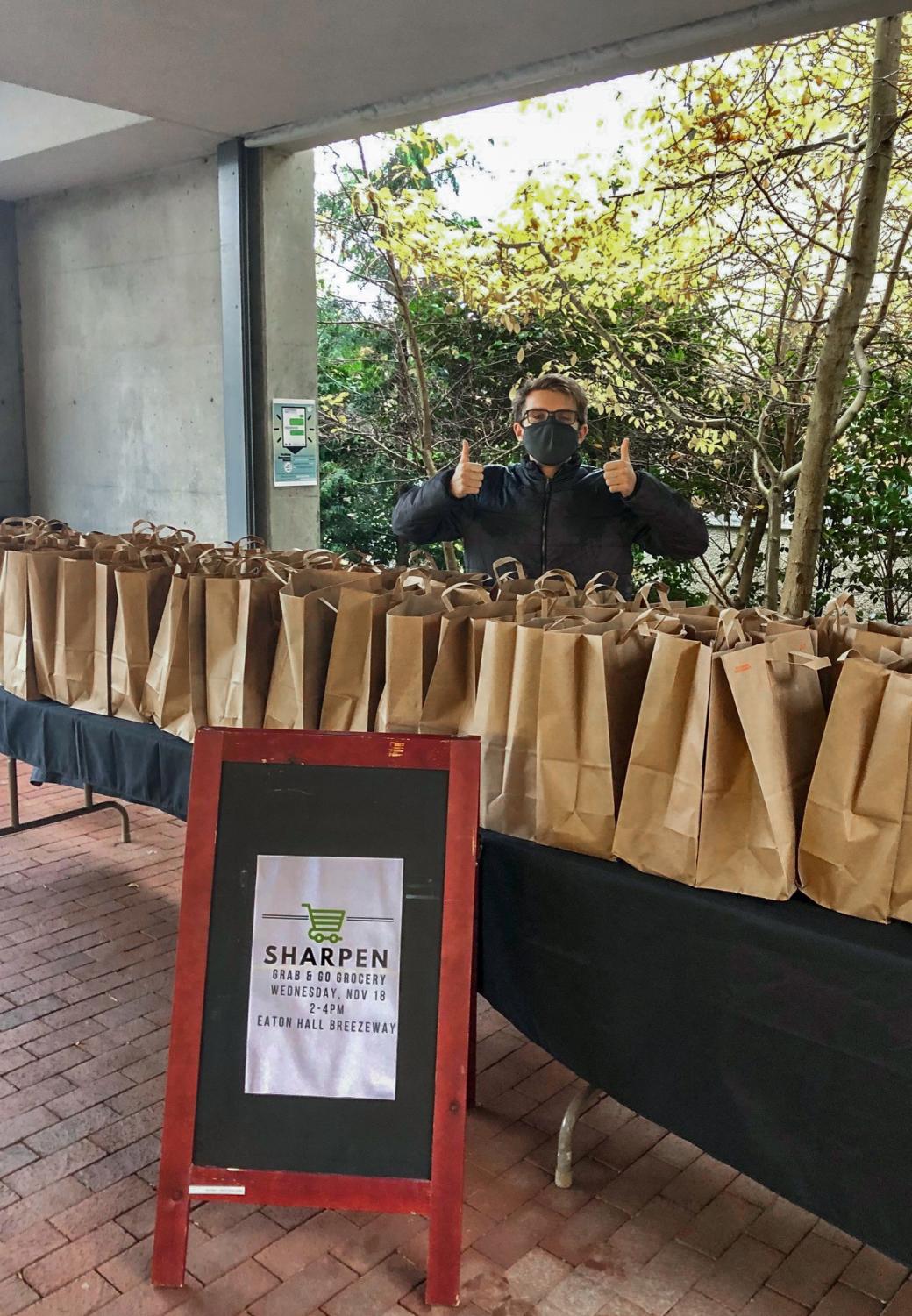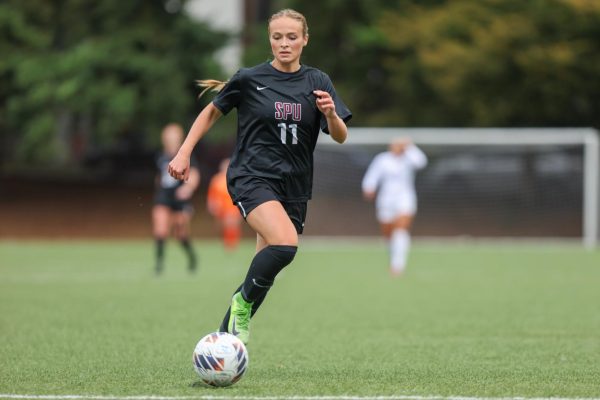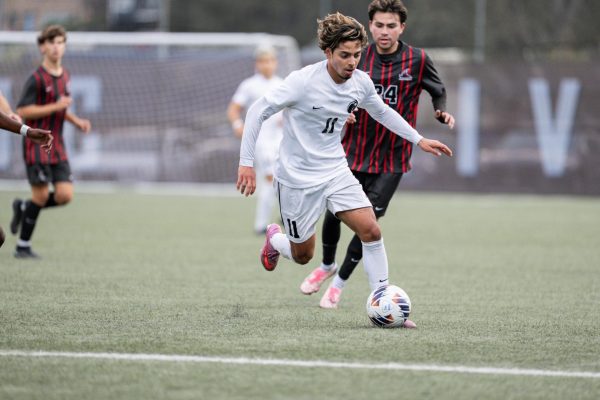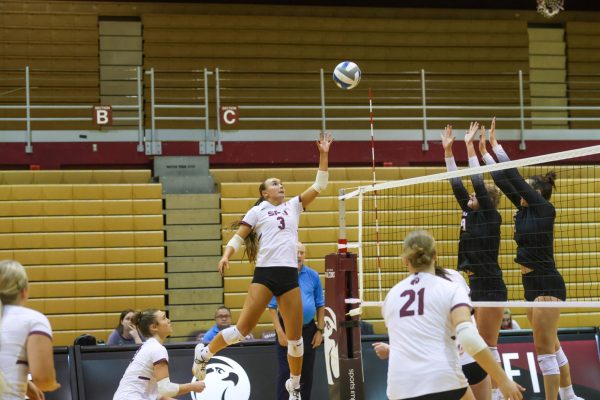Facing students’ food insecurity
Food resources for struggling students available on and off campus
November 9, 2022

For many college students, reliable sources of food can be a struggle. Fortunately, Seattle Pacific University is working towards providing resources for people to apply for meal swipes, discounts or even to-go meals.
Students living at SPU are required to choose a meal plan to keep them fed throughout the quarter. Options range from 75 meals to 200 meals, costing between $1,873 to $2,169 a quarter. Meal plans give students access to Gwinn Commons Dining Hall as well as funds to spend at dining locations around campus.
But for commuters, a meal plan is not required. Often, students choose to commute in order to save money in college, so paying over $1,000 a quarter for food is not always something that is within their budget, even if they know they will be hungry during classes.
Fabian Hernandez is a first year computer science major. He commutes everyday on the bus, which takes 2 hours to get to school. It is common for him to skip breakfast entirely, and buying food on campus everyday is not always an option.
“Pretty much all of the money I’ve spent on food has been with what’s left of my checking account. Before the school year, I had to work a warehouse job for three months to be able to make enough to pay the year’s tuition,” Hernandez said.
However, there are options for commuters and students living in Campus Housing Apartments to get food such as the free lunches and groceries in Eaton twice a month. Chuck Strawn, dean of students for community life at SPU, has seen the overall effort put towards feeding students on campus.
“I know that there are a lot of faculty that, you know, have food in their offices and will let students know, ‘Hey, if you ever need something, come through and pick that up.’ And I think that’s been just tremendous,” Strawn said. “That’s the way I am, too. I have a meal plan here, and I predominantly get it so that if I know a student who can’t get lunch today – I can swipe them in.”
This is something first year film studies major Alexandra Miller can relate to. One of her friends commutes to school and is not always able to pay for food, so she will often help him out.
“My friend doesn’t really have much time between his classes and driving to get his own lunch and doesn’t have that much money to get his lunch everyday. So I swipe him in because it’s not necessary for him to get his own meal plan,” Miller said.
According to a University of Washington study, around 18% of students reported losing weight, cutting meals or skipping meals because they did not have enough money for food.
Recently, SPU has also made larger efforts to provide food insecure students with meals when they need them. In 2020, SPU partnered with Sodexo and Strike Out Hunger, a program that aims to acknowledge and aid food insecure college students.
Students and faculty may apply for a food grant, giving them five meal swipes to use at Gwinn. The meal swipes are used with their student ID, like any other meal plan. According to Strawn, Swipe Out Hunger and Sodexo have already provided dozens of meals for the fall 2022 quarter.
“Since September until now, we have received 17 requests, so that is 85 meals. We received [requests] from 14 students, so we’ve had a couple of students that have asked on a couple of different occasions,” Strawn said.
Although Swipe Out Hunger is not meant to replace a full meal plan for the year, it’s an option for students that need it the most, including commuters.
“I do really appreciate that [SPU] has those free meal swipe grant because for students that don’t have any options, there is something for them. Even if it’s not permanent,” Hernandez said.
In addition to free meal programs, other colleges such as UW have worked to provide food pantries for students, staff and faculty. UW Food Pantry relies on donations and offers discounted groceries, ready-to-eat meals and even free hygiene products.
According to an overview provided by UW Pantry Director Alexander Silver, over 1,449 visitors have stopped by to use the UW Pantry’s resources, with an average of 1,050 pounds of food given out each week.
Although there are times when college students are not on campus, such as during breaks, there are still resources for them to receive food should they need it, even in the Seattle area.
“There are food banks and food pantries in Ballard. There are some, at least two at the top of Queen Anne, either with churches or with other organizations that are up that neck of the woods,” Strawn shares. “It’s tragic that we need to have those resources. But I’m thankful that we do have lots of opportunities for students to get what they might need.”



























































































